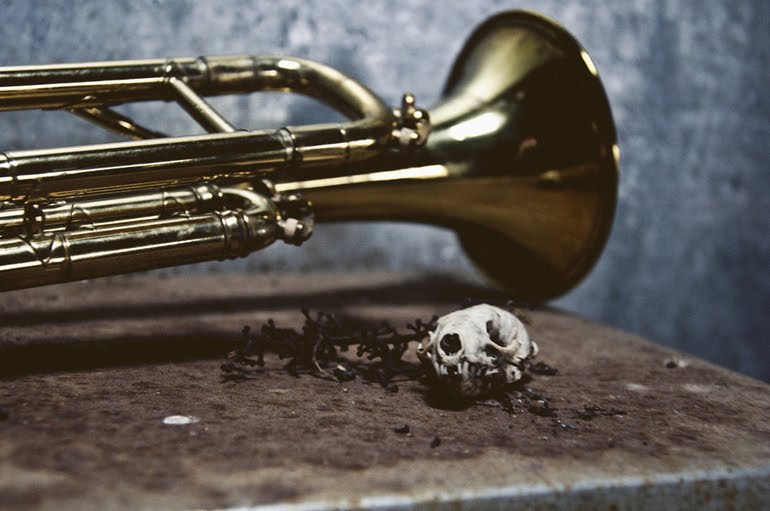
Fanfare Ciocarlia - Gili Garabdi
Subtitled "Ancient Secrets of Gypsy Brass," this album brings the Balkan brass tradition to the new century. A few recognizable covers - James Bond Theme, Caravan - are thoroughly balkan-ized, while even the most traditional of Horas and Sirbas have unexpected quotes bubbling to the surface (e.g. a glimpse of Pink Panther Theme in Hora Evreiasca). There are Balkan bands that are more authentic, playing more odd-metered dances and less pop fare (Slonovski Bal), there are some with a more virtuosic playing (Boban Markovic Orkestar), featuring a fiery frontman - but there are none that can compare with Fanfare Ciocarlia in their single-minded pursuit of getting people to dance.

Брасс Белые Ночи - Ретро в Советах (White Nights Brass - Soviet Retro)
Here's an obscure one. I love it not for being groundbreaking and revelatory, but for faithfully and lovingly recreating a dying - or, rather, stone-cold dead - tradition of Russian brass bands of the early XXth century. I believe they play not just the right tunes - waltzes, marches, tangos - but the original charts. There are no attempts to modernize the sound in any way except for the modern recording quality. Each voice comes through clear and strong, the fine dynamic shadings are not buried under scratches, boxy sound, and poor remastering. Extra points for the prominent use of baritone - used not just for oom-pah-pah, but as a leading voice. Grab it if you can find it.

Bollywood Brass Band - Bollywood Brass Band
I don't think I can give the background to this any better than the article East Meets West Meets East Meet... I'd like to include it in my list for a few reasons. This album is one of many that led me to picking up trumpet. It was not necessarily a major life-changing influence, but at some point I realized that most of the music I listen to have a brass section, and this disc was definitely on the horizon. Secondly, like Fanfare Ciocarlia above, it has the same fine balance between being reasonably authentic yet palatable to Western ears. Thirdly, it is really as good as much of the conventional brass band music, yet different and unique. I guess it can be interpreted as "my music taste is hipper than yours" selection :)
Honorable mention:

The Brass Company - Colors [1974]
36 years old; also, not really from a brass band tradition but more of an overgrown modern jazz combo. From the fact that it came out on Strata-East and from the affiliations of the players, some classify it as "spiritual/deep jazz." Anyway, great music, very adventurous harmonically, and also features my new favorite player Charles Tolliver. Great stuff!


